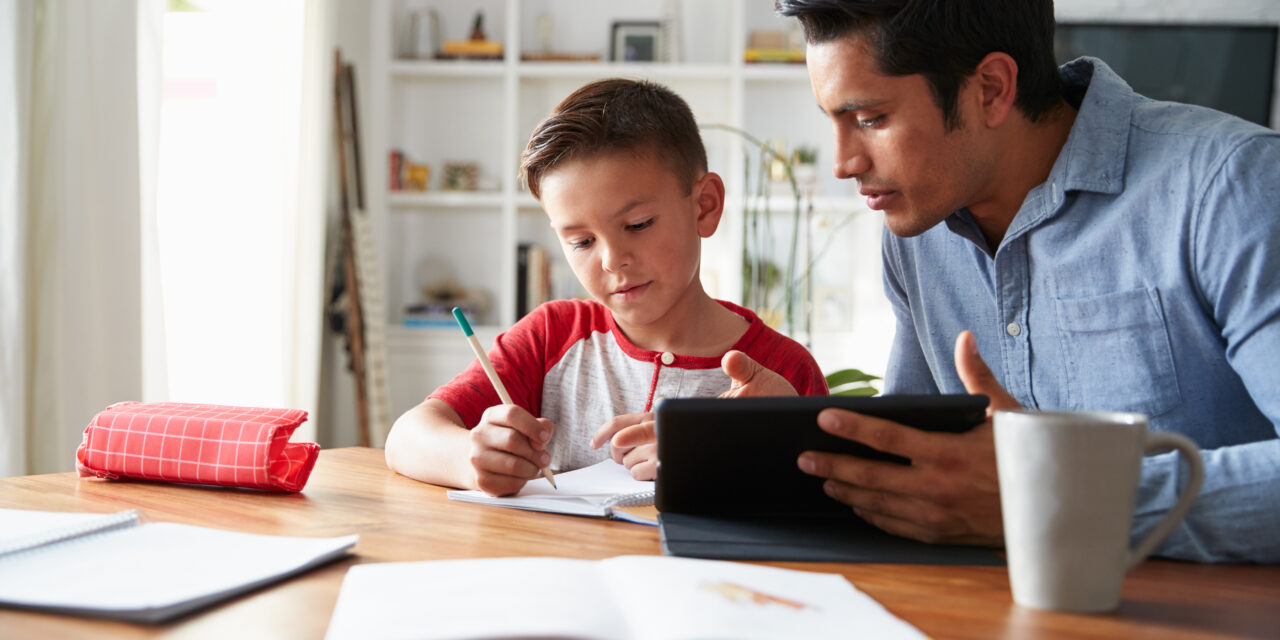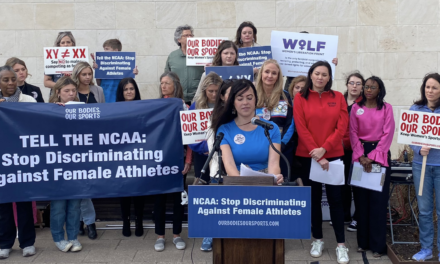“Home schooling has become – by a wide margin – America’s fastest-growing form of education,” reports The Washington Post, estimating a 51% increase over the past five years.
The article, “Home schooling’s rise from fringe to fastest-growing form of education,” is the latest in a series, beginning earlier this year, about how the movement’s growth is “transforming the nation’s educational landscape.”
The Post reported 1.5 million students were home-schooled in 2019, and projects “there are now between 1.9 million and 2.7 million home-schooled children in the United States, depending on the rate of increase in areas without reliable data.”
Over that same period, private schooling increased 7% and public school numbers decreased 4%, the news outlet found.
Many conservatives and Christians will applaud this growth. But Post reporters aren’t as positive, interviewing many who call for more government oversight; pointing to extreme, atypical cases of parental abuse and neglect; and failing to document the academic success of the movement as a whole.
There’s also some handwringing about underfunded public schools and the school choice movement, which has broadened options for many parents. In recent years, several states passed laws allowing money to follow the students from public schools to home schools and private schools.
The Post collected and analyzed data from “thousands of school districts across the country.” The data comes from 32 states and the District of Columbia, as not all states collect data on home schooling.
The study showed New York and Washington, D.C., had the highest increases, with 103% and 108%, respectively. Other states with high increases in home-schooled students include Tennessee – 77%; California – 78%; Rhode Island – 91%; and South Dakota – 94%.
With the tag line “Democracy Dies in Darkness” (One wonders: Is that a warning? Or a goal?), the Post has a notorious bias against important issues many Christians care about – such as parental rights in education, life for preborn infants and gender ideology.
So, as you might expect, some of the home-schooling coverage was negative.
For example, the news outlet warns about the potential for home-schooled students to suffer neglect or sexual or physical abuse; for students to graduate without achieving a strong education; or for students to be indoctrinated into extremist ideologies. Sadly, those do happen in some home schooling families.
But the Post never discusses how all these happen in public schools, and it does not mention the far left or extreme sexual ideologies pushed in many public schools.
Regarding sexual abuse in public schools, a May 2022 study found:
Overall, 11.7% of the 6,632 participants reported having experienced at least one form of educator sexual misconduct during Grades K-12, with 11% reporting sexual comments and less than 1% reporting other forms of sexual misconduct (e.g., receiving sexual photos/messages, being kissed, touched sexually, or engaging in sexual intercourse/oral sex).
The Post quoted many who called for greater government control and regulation of home schooling, including “Elizabeth Bartholet, an emeritus professor at Harvard Law School and child welfare advocate.” She said:
Policymakers should think, “Wow — this is a lot of kids.” We should worry about whether they’re learning anything.”
But maybe policymakers should be more concerned about whether children are “learning anything” in public schools – especially with the huge amounts of money poured into them. The Education Data Initiative states:
Schools in the United States spend an average of $19,380 per pupil, which is the 2nd-highest amount per pupil (after adjusting to local currency values) among the 37 other developed nations in the Organization for Economic Co-operation and Development (OECD).
And how successful is that spending?
The Post knows many public school students graduate without academic proficiency. Just three months ago, it reported on Maryland public school test scores which found only 8% of eighth grade math students testing as proficient and only 25% of students in grades 3-8 showing proficiency. Only 47% of students in those grades showed proficiency in English and language arts – the same level as before the COVID-19 pandemic.
And the outlet reported last year on data from the “National Center for Education Statistics, which administers the National Assessment of Educational Progress, or NAEP, sometimes called ‘the nation’s report card,’” showing a decline in eighth grade math proficiency scores from 34%, before the pandemic, to 27% in 2022.
In reading, “31% of eighth-graders performed at or above NAEP Proficient, which was 3 percentage points lower compared to 2019.”
So even before the pandemic, just over one-third of our nation’s eighth graders were proficient in reading or math. For any other business, this would be a dismal success rate.
Home-schooled students, on the other hand, generally out-perform public school students, as the National Home Education Research Institute reports:
- The home-educated typically score 15 to 25 percentile points above public-school students on standardized academic achievement tests. (The public school average is roughly the 50th percentile; scores range from 1 to 99.) A 2015 study found Black home-school students to be scoring 23 to 42 percentile points above Black public school students (Ray, 2015).
- 78% of peer-reviewed studies on academic achievement show home-school students perform statistically significantly better than those in institutional schools (Ray, 2017).
- Home-school students score above average on achievement tests regardless of their parents’ level of formal education or their family’s household income.
- Home-educated students typically score above average on the SAT and ACT tests that colleges consider for admissions.
We know there are terrific teachers and great schools out there. Many teachers are Christians – they go into the profession because they love God, love children, are passionate about their subject matter and have a gift for helping children learn.
But at the same time, we’re aware that our education system has serious problems. The Daily Citizen sees the growth of home schooling as a good trend, and we want to see more educational freedom for parents and students.
Related articles and resources:
BLM at School Week – Indoctrinating and Training Radical Activist Children
Educators, Parents and Students Rally to Support National School Choice Week
Focus on the Family: Homeschool Resources
Iowa, Utah, Oklahoma and Florida Move to Expand Educational Freedom
Practical Resources for Teaching Your Kidas at Home






